Aviation, Aerospace
Industry Overview
Key Features
Challenges
Aircraft must live up to extremely high expectations for readiness and reliability while operating in extremes of temperature, pressure and humidity. Because of these demands, the engines must be maintained at top performance which drives the need for early detection and correction of engine and lubricant anomalies. Compounding this is the fact that aircraft are often at a given location for a limited period of time before being routed to the next destination. Therefore mechanics need very sensitive measurements of lubricant and component condition with results available in minutes so that they may take the proper action while the aircraft is still in the hangar.
Synthetic Polyol Ester fluids are the fluids of choice to lubricate aircraft gas turbine engines used in commercial and military service requiring MIL-PRF-23699F-STD level performance. It also is used for aircraft-type gas turbine engines in industrial or marine service applications. These synthetic lubricants are formulated to meet the demanding requirements of aircraft type gas turbines operating over a wide range of severe operating conditions. They have excellent thermal and oxidation stability to reduce sludge and varnish deposits and they have a high specific heat. The lubricants also retain viscosity and film strength over a wide temperature range (-40°C to 204° C or -40°F to 400°F).
These types of lubricants can exhibit confounding matrix effects when they are analyzed for particles using Optical Emission Spectroscopy. The SpectrOil M accounts for these effects by allowing the user to create custom calibrations to counter these matrix effects, enabling accurate measurement of wear particles.
Typical Tests & Applications
Particle count - a high particle count or a rapid increase in particles can foreshadow an imminent failure.
Particle composition - it is often important to understand the elemental composition of particles in order to find out where they came from. Optical Emission Spectroscopy gives the user elemental information for up to 32 elements, from Li to Ce (varies with application).
Particle type - The size, shape and opacity of particles is used to determine if they are from cutting wear, sliding wear, fatigue wear, nonmetallic or fibers. This allows operators to determine the type of wear debris, wear mode and potential source from internal machinery components.
Ferrous wear - Ferrous wear measurement is a critical requirement for monitoring machine condition. The high sensitivity magnetometer measures and reports ferrous content in ppm/ml, and provides ferrous particle count and size distribution for large ferrous particles.
Chemistry
Total Acid Number (TAN) - TAN is measured to determine the corrosive potential of lubrication oils. If the TAN gets too high the oil can induce corrosion of machine parts and should be changed.
Viscosity - The main function of lubricating oil is to create and maintain a lubrication film between two moving metal surfaces. Ensuring the viscosity is within recommended ranges is one of the most important tests one can run on lube oil.
Industry Resources
No Resources Available
We're currently updating our resource library for this industry. Check back soon or contact us to request specific documentation.
Request DocumentationSupporting Products
 Oil Analysis
Oil Analysis
Dual rotating ferrograph RF500
The RF500 is a dual-head rotating ferrograph designed for qualitative and quantitative analysis of f...
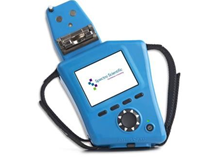 Oil Analysis
Oil Analysis
FluidScan® 1000 Series
The FluidScan is a handheld infrared spectrometer used for on-site oil condition analysis. It measur...
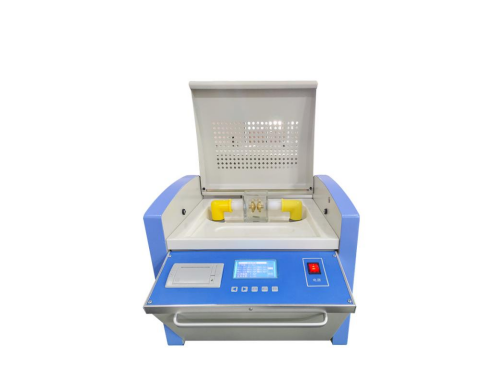 Oil Analysis
Oil Analysis
JKJQ‑1 Insulating Oil Dielectric Strength Tester
The JKJQ‑1 is a fully automatic dielectric strength tester designed to evaluate the breakdown volt...
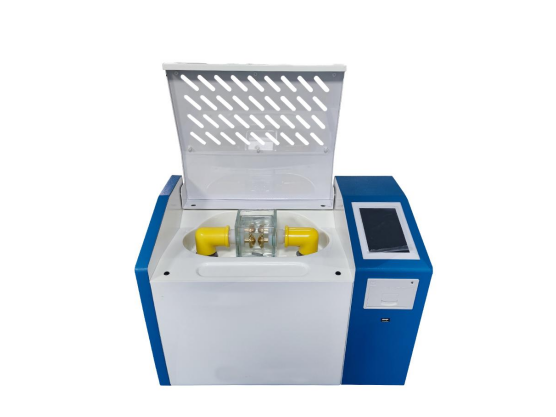 Oil Analysis
Oil Analysis
JKJQ‑1A Insulating Oil Dielectric Strength Tester
The JKJQ‑1A is a fully automatic, portable single-cup tester designed to measure the dielectric (b...
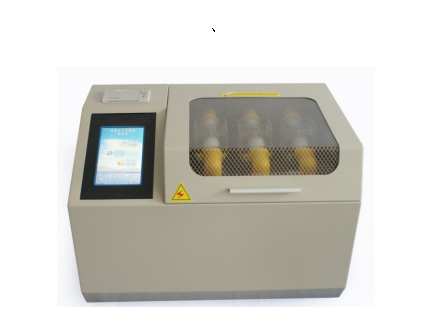 Oil Analysis
Oil Analysis
JKJQ‑3 Dielectric Strength Tester
The JKJQ‑3 is a fully automatic single-cup dielectric breakdown tester designed for testing transf...
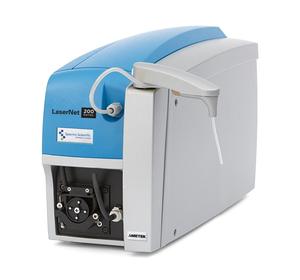 Oil Analysis
Oil Analysis
LaserNet 200 Series
The LaserNet 200 Series is an advanced, automated particle analysis system designed to detect, class...
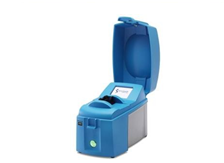 Oil Analysis
Oil Analysis
MiniVisc 3000
The MiniVisc 3000 is a groundbreaking portable kinematic viscometer that delivers laboratory-grade v...
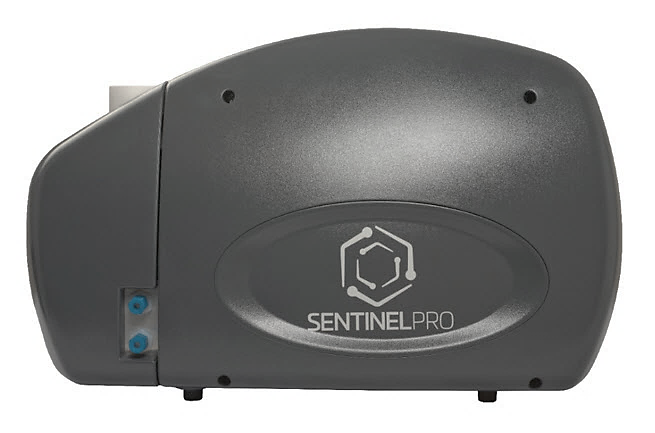 Oil Analysis
Oil Analysis
Pi Sentinel PRO
The SentinelPro is a high-performance dynamic image analyzer designed for applications where particl...
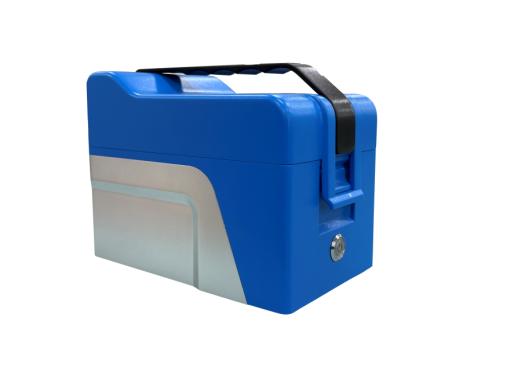 Oil Analysis
Oil Analysis
Portable Kinematic Viscometer VS800
The VS800 Portable Kinematic Viscometer is a precision, multi-purpose viscosity measurement tool des...
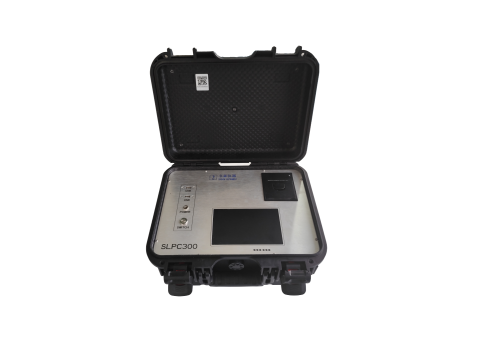 Oil Analysis
Oil Analysis
Portable oil particle counter SLPC300
The SLPC300 is a portable oil particle counter that utilizes the light-blocking principle to measure...
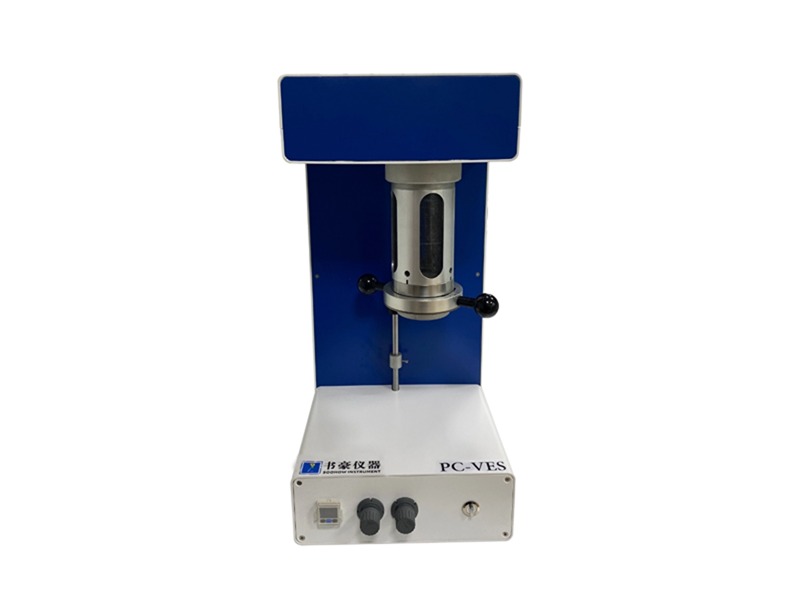 Oil Analysis
Oil Analysis
Positive and Negative Pressure Sampler PC‑VES
The PC‑VES is a portable positive/negative pressure oil sampler designed for high-viscosity fluids...
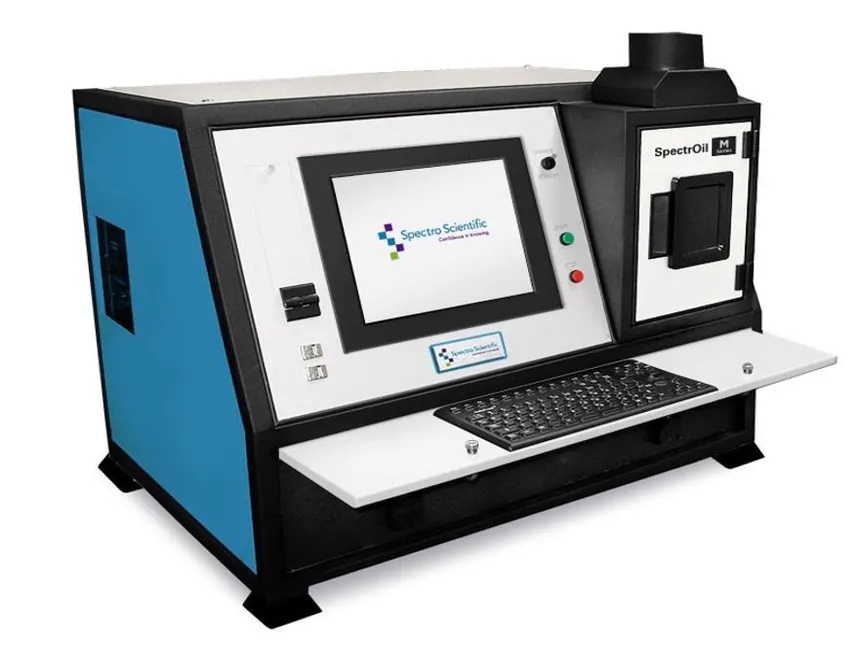 Oil Analysis
Oil Analysis
SpectrOil M Series
The SpectrOil M Series is a compact, rugged, and highly reliable Rotating Disc Electrode Optical E...
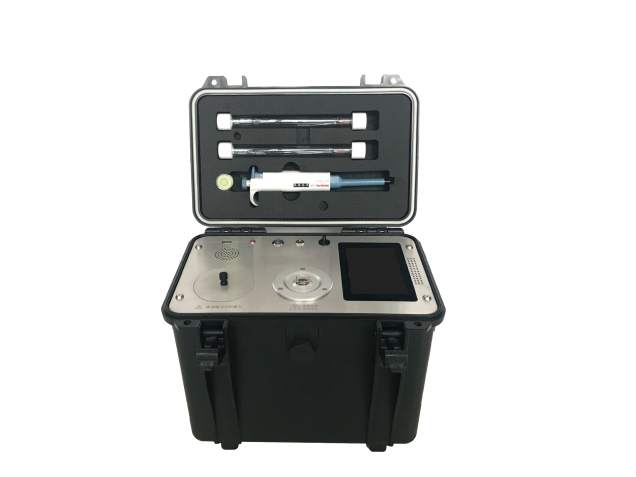 Oil Analysis
Oil Analysis
VS600 Portable Rapid Motion Viscometer
The VS600 Portable Rapid Motion Viscometer is a high-efficiency field instrument designed for fast a...
Ready to Find the Right Solution?
Our team can help you select the perfect products for your Aviation, Aerospace applications